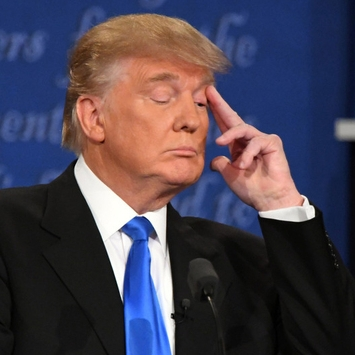According to CoinDesk, Maker, recently rebranded as Sky, has unveiled a new version of its $5 billion stablecoin DAI, named USDS. However, the crypto community has expressed concerns over a feature in USDS that allows the issuer to remotely freeze the asset. This capability is similar to those found in centralized stablecoins like Circle's USDC and Tether's USDT, which often freeze assets linked to illegal activities at the request of government authorities. For instance, Tether recently assisted the U.S. Department of Justice in seizing $5 million of USDT for fraud victims.
The introduction of this feature has sparked debate among decentralized finance (DeFi) enthusiasts, as it contradicts the decentralized ethos that MakerDAO initially championed. MakerDAO was one of the original DeFi protocols, aiming to create an autonomous, decentralized stablecoin with low volatility against fiat currency, backed by ETH. The transition from DAI to USDS, a stablecoin with a freeze function, has led some to believe that MakerDAO is straying from its original vision.
Rune Christensen, co-founder of MakerDAO, confirmed the existence of the freeze function but clarified that it is an optional feature and will not be activated when the token goes live next month. He emphasized that upgrading to USDS is optional and that DAI, as an immutable smart contract, cannot be altered. AJ Scolaro, a senior analyst at crypto research firm Messari, downplayed the concerns, stating that the freeze function was already public knowledge and is essential for a stablecoin backed partly by U.S. Treasuries to achieve widespread adoption. Scolaro argued that a major decentralized stablecoin should be both user-governed and compliant with legal systems, suggesting that PureDAI, a purely crypto-backed decentralized stablecoin, could be a viable alternative for skeptics.
Christensen has previously mentioned plans to develop PureDAI, reinforcing the idea that MakerDAO is exploring multiple avenues to balance decentralization with regulatory compliance.


